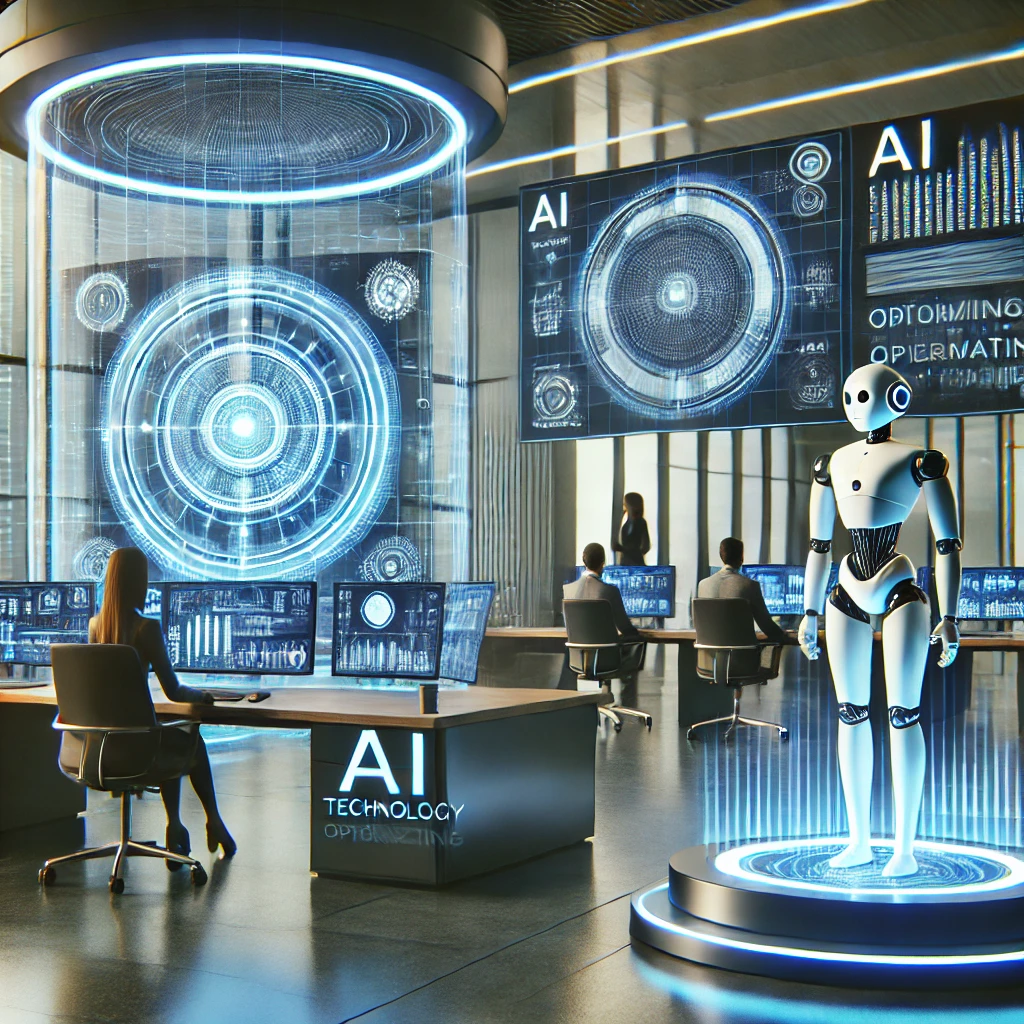Cisco Networking Cloud: A Year of Advancements in AI

Discover how Cisco Networking Cloud is revolutionizing network management with continuous intelligence and automated solutions.
How QSRs Can Leverage AI to Boost Efficiency, Profits & Customer Satisfaction

AI is transforming quick‑service restaurants—from voice drive‑thrus and digital menus to smart scheduling, inventory, and loyalty. Discover how QSRs can implement AI today to streamline operations, uplift customer experience, and grow profits.
How AI Automation Can Help Combat Rising Costs Effectively

Discover how AI automation can effectively tackle rising business costs.
Combat Rising Costs: Leverage AI Automation Today

Explore how AI automation can effectively combat rising costs.
Unleashing AI: Transforming the Restaurant Industry

Discover how AI is transforming the restaurant industry for better efficiency.
How AI and Automation Are Revolutionizing Food Courts for Modern Consumers

AI and automation are revolutionizing food courts, offering speed, personalization, and seamless experiences that align with today’s consumer behavior. Discover how this technology is transforming dining spaces into efficient, dynamic environments.
Revolutionize Your Restaurant’s Online Presence with Toast Websites’ Generative AI Tools
Toast Websites now features generative AI tools, allowing restaurant operators to create stunning websites in minutes. Focus on editing and personalizing with sensible defaults, saving valuable time and effort. Discover how this update can revolutionize your online presence.
